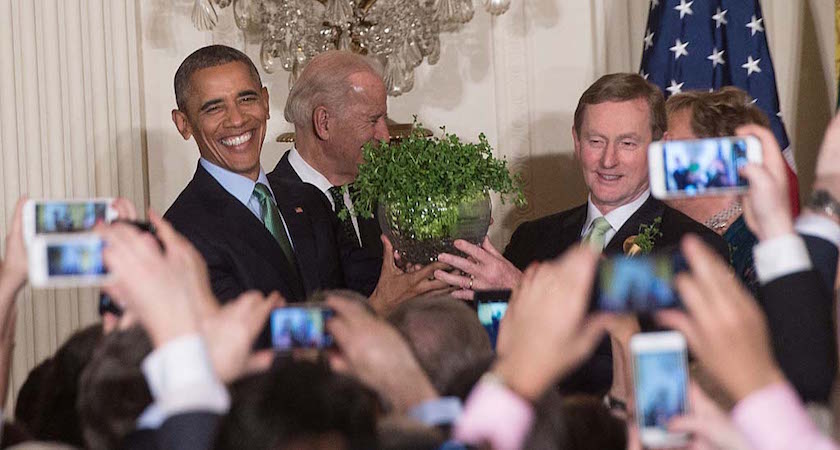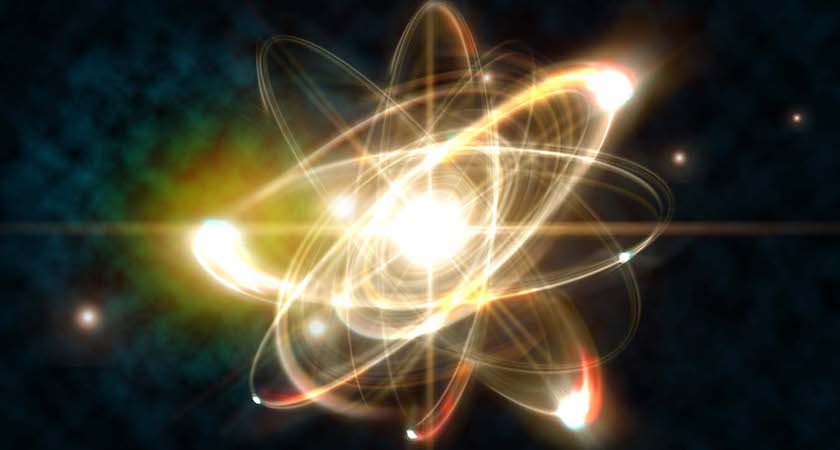WE LOVE to celebrate all things Irish but there is a lot more to Irish achievement than shamrocks, Guinness and “Kiss me I'm Irish” hats.
Ireland has been making a positive impact around the globe for centuries and what better time to celebrate some of those real Irish achievements.
The submarine
As unlikely as it may seem the modern submarine is indeed an Irish invention, developed by the talented John P. Holland from Liscannor in Co. Clare.
The US Navy purchased Holland's design in 1900 where the USS Holland became the first commissioned submarine in history.
It's success led to other navies also purchasing the designs including Japan and the United Kingdom where five ‘Holland Class’ submarines were commissioned.
Los Angeles
Without the efforts of Irish engineer William Mulholland the city of Los Angeles could never have existed.
Mulholland was the engineer responsible for successfully supplying the growing city with fresh water.
He built one of the world's biggest ever civil engineering projects to transport the water from hundreds of miles to the east to the city and the scheme still serves the needs of millions of people every day.
Flavoured crisps
The idea for flavoured crisps came from the aptly named Joe 'Spud' Murphy, head of the fledgling Tayto crisp company who had developed a machine to add flavourings to the crisps as they were made.
They first tried out onion, cheese & onion and cheese flavoured crisps and the cheese & onion version proved to be the public's favourite.
Today flavoured crisps are the best selling snack food in most places around the world with an annual global market worth more than $16billion.
The tattoo machine
The tattoo machine was invented by Samuel O’Reilly in New York, before O'Reilly's invention tattooing was carried out via a crude set of needles usually fixed to a wooden grip used by the tattooist, the procedure was time consuming and extremely painful.
Using a hollow, ink-filled needle his machine was far more precise and delicate that the manual techniques of the time and was also much faster.
He patented his design in 1891 and it proved to be an immediate success.
The US Navy
John Barry from Co. Wexford was a successful officer in the new Continental Navy during the American Revolution. He is widely regarded as the the father of the American Navy and was the nation's first commissioned naval officer.
Splitting the atom
The son of a methodist minister born in Dungarvan, Ernest Walton was a research scholar at Cambridge where under the guidance of Sir Ernest Rutherford with John Cockcroft he successfully managed to split the nuclei of lithium atoms by bombarding them with a stream of protons.
It was the first time an atom had been split and it was for this achievement that Walton and Cockcroft were awarded the Nobel Prize for physics in 1951.
A cure for leprosy
Cork doctor Vincent Barry played a vital role in developing a cure for leprosy one of the most feared and misunderstood of diseases.
He led a small team at Trinity College working on the related disease tuberculosis.
In 1954 Barry was able to synthesize the compound Clofazimine which would become a crucial part of the multi-drug treatment now used for leprosy around the world.
The steam turbine
Developed by Charles Parsons, son of Anglo-Irish astronomer William Parsons of Parsonstown (now Birr, Co. Offaly) the steam turbine was a major advance in steam engine technology.
It enabled the direct generation of electricity from steam power and was installed at power stations around the world as well as transforming marine propulsion.
Modern economics
Kerryman Richard Cantillon is often cited as one of the founders of modern economics.
In 1730 Cantillon wrote the work that he is now remembered for, Essai Sur La Nature Du Commerce En Général (Essay on the Nature of Trade in General).
In it Cantillon outlines a systematic modern economic theory covering a range of now core economic ideas.
Cantillon's Essai is now regarded as having huge significance in the development of modern economic theory and influenced many of those who followed including Adam Smith who cited it in his Wealth of Nations.
 The White House was built by an Irish architect. Former US President Barack Obama is pictured here with Taoiseach Enda Kenny in the White House last year. (Picture: Nicholas KammAFP/Getty Images)
The White House was built by an Irish architect. Former US President Barack Obama is pictured here with Taoiseach Enda Kenny in the White House last year. (Picture: Nicholas KammAFP/Getty Images)The White House
Among the world's most recognisable buildings the White House in Washington DC was inspired by an Irish building and designed and built by an Irish architect.
The official residence of US presidents for more than 200 years and home to the President's offices and staff its design was the brainchild of a farm boy from Kilkenny named James Hoban who based the design on Dublin's Leinster House.
These stories and many more feature in the new book What have the Irish ever done for us? by David Forsythe available to order from Amazon and makes an ideal St Patrick's Day present. Find What Have the Irish ever done for us? on Facebook and on Twitter @WHTIEDFU17. To buy it visit Amazon.




